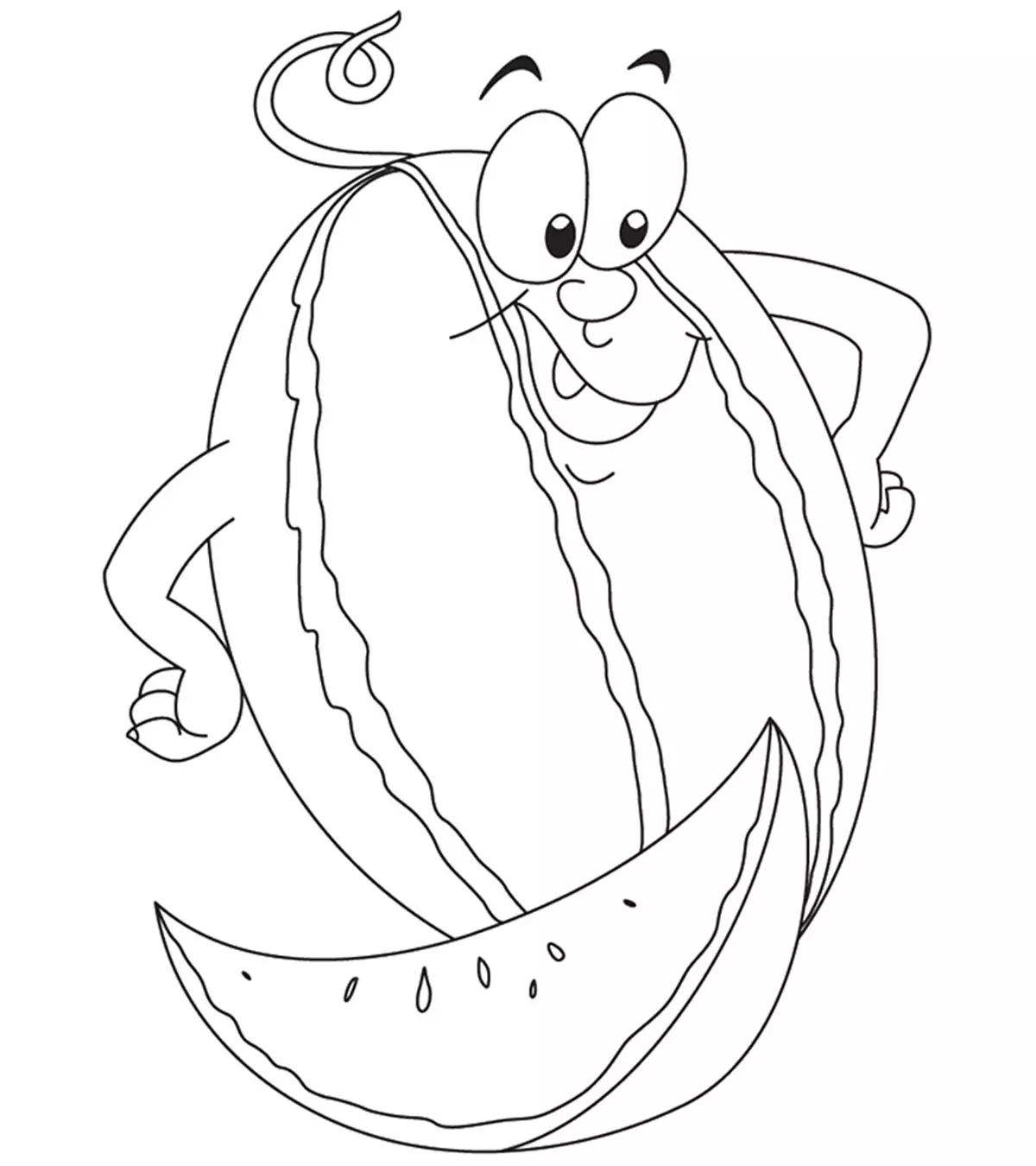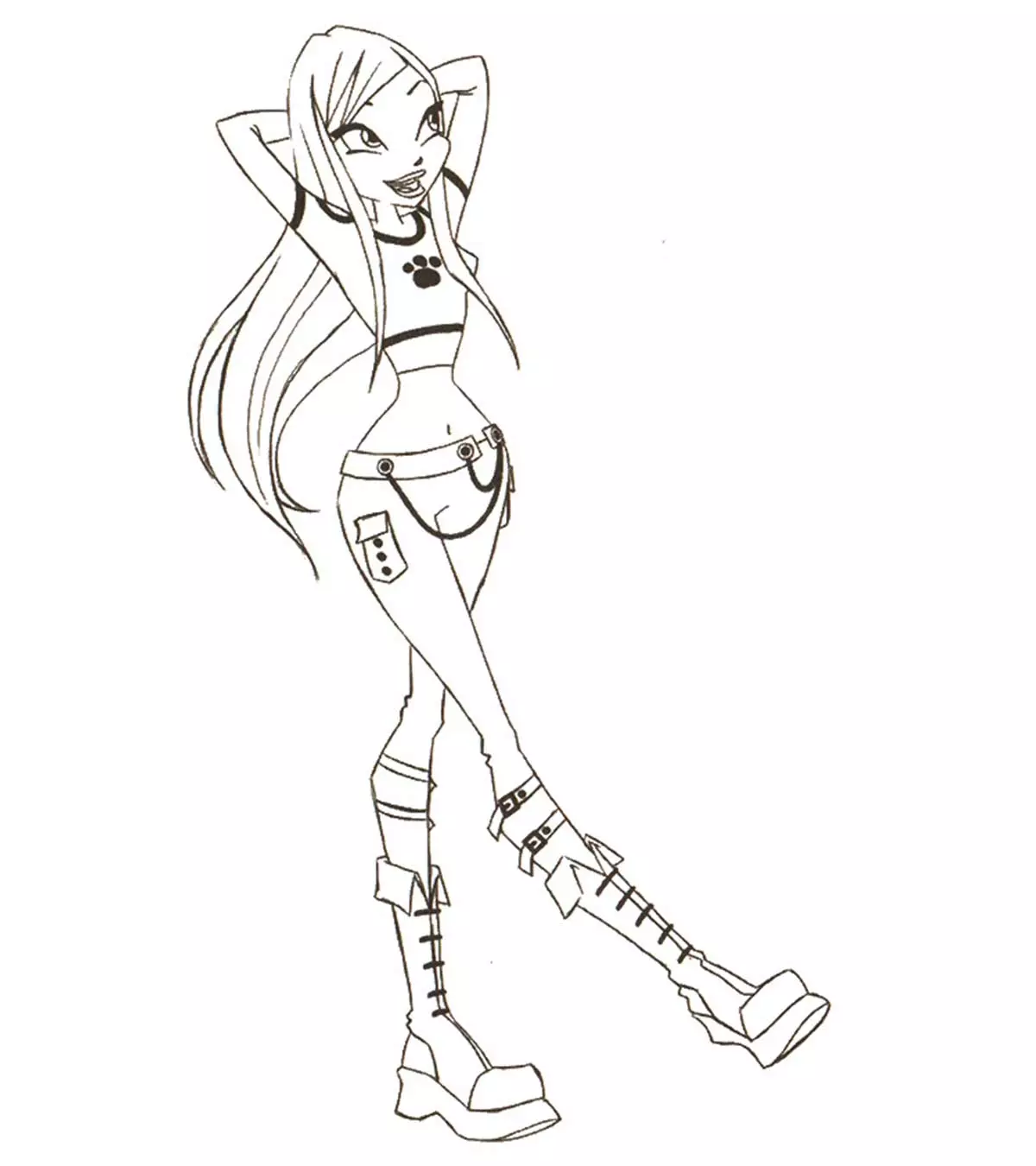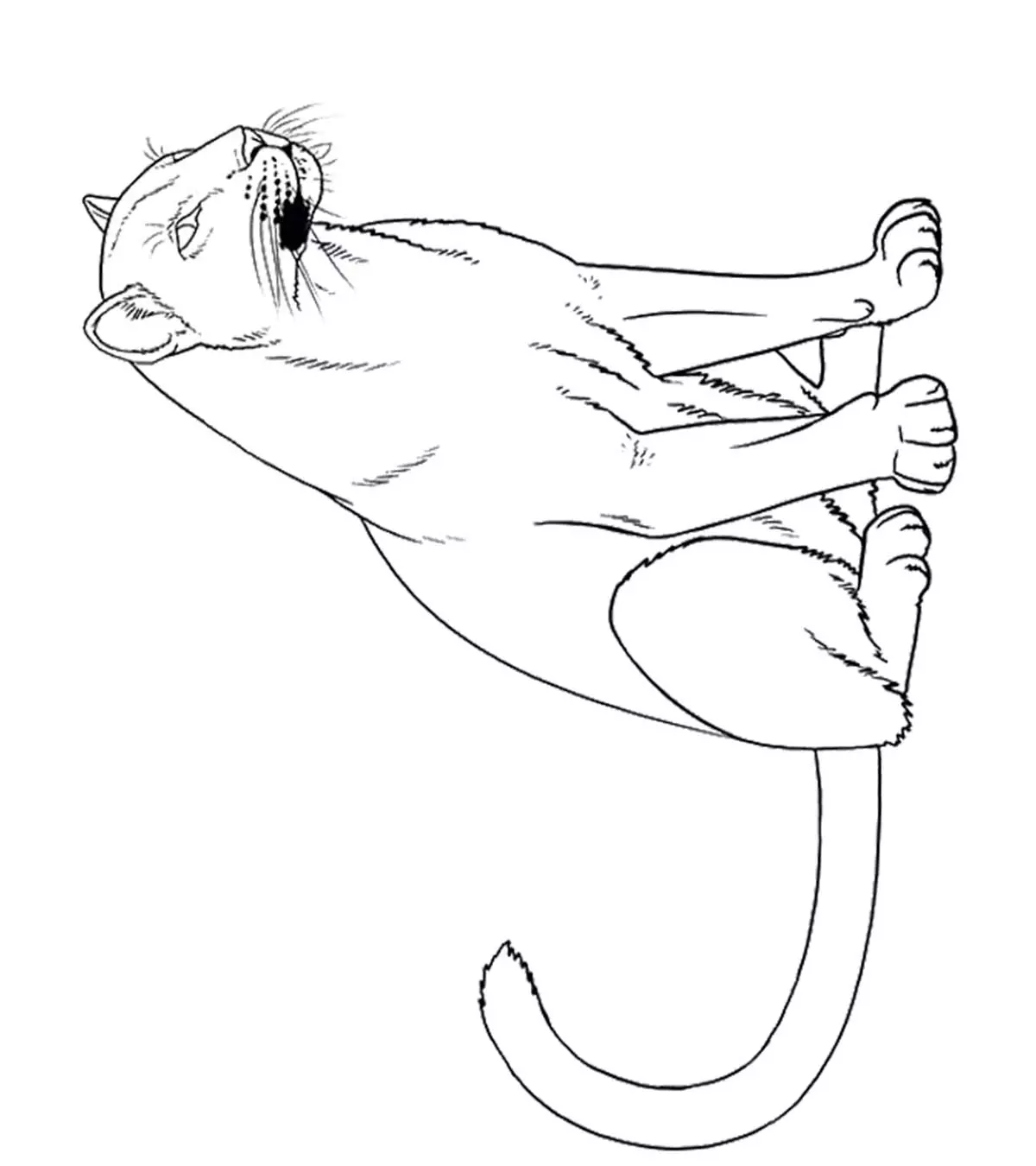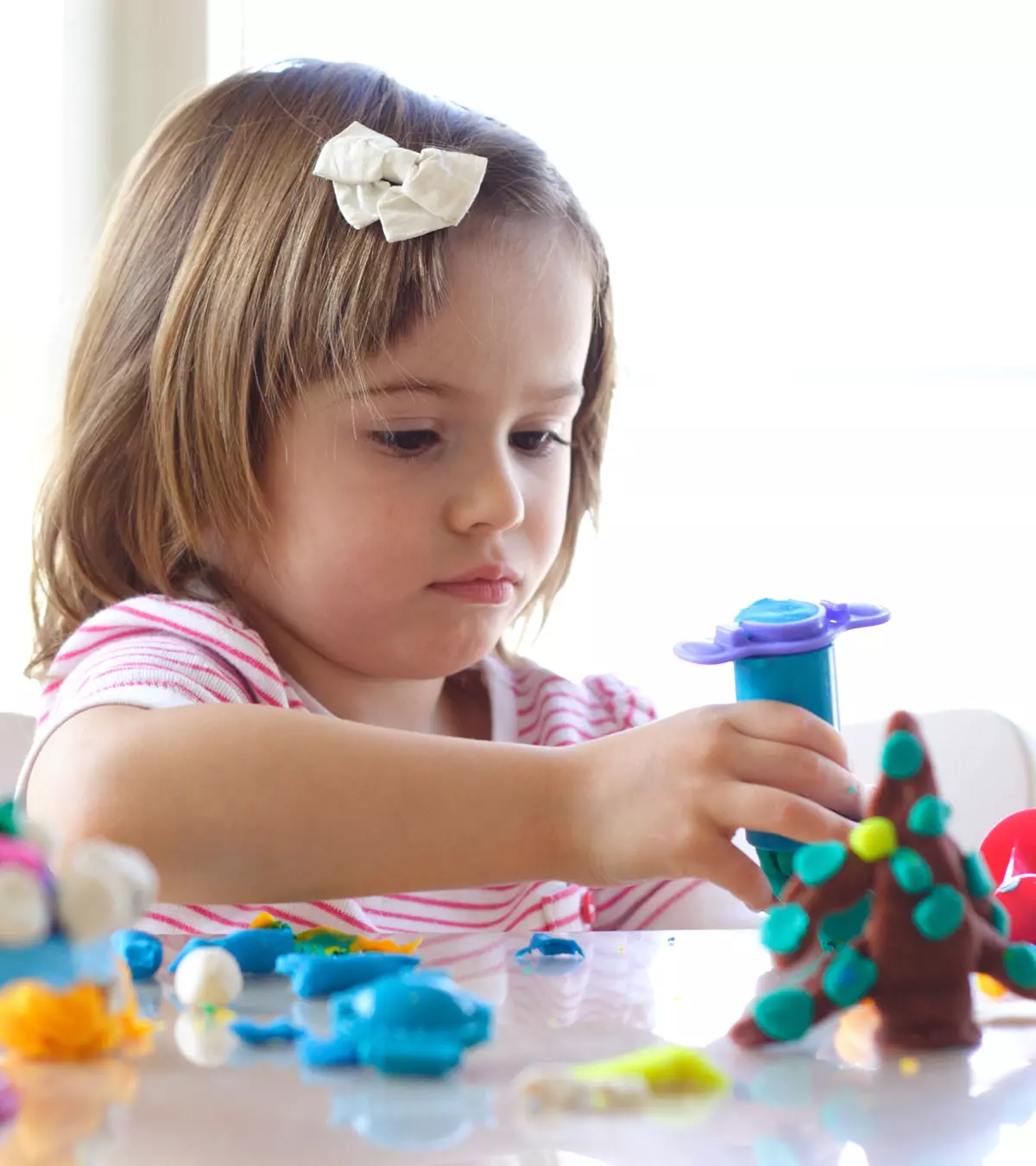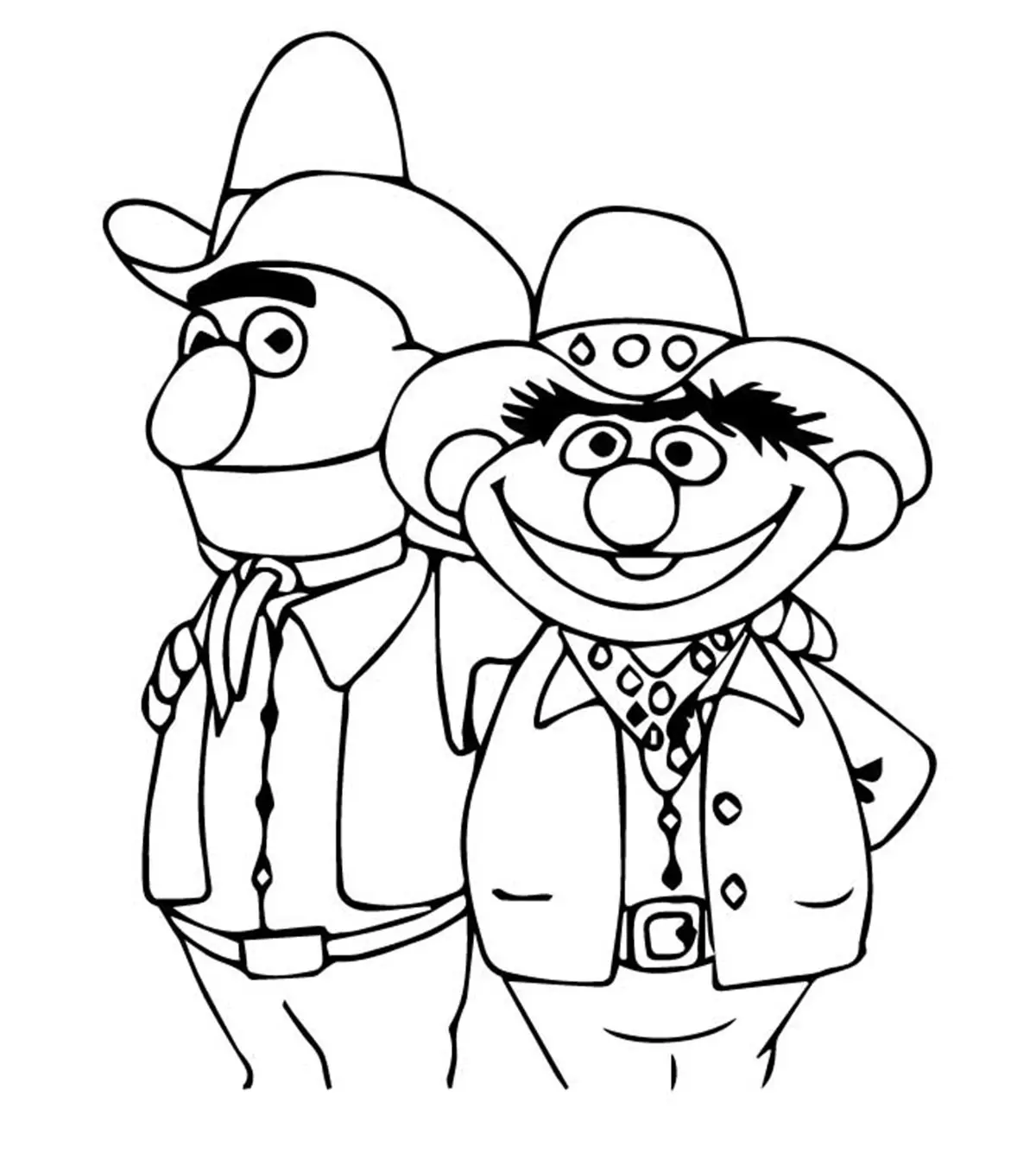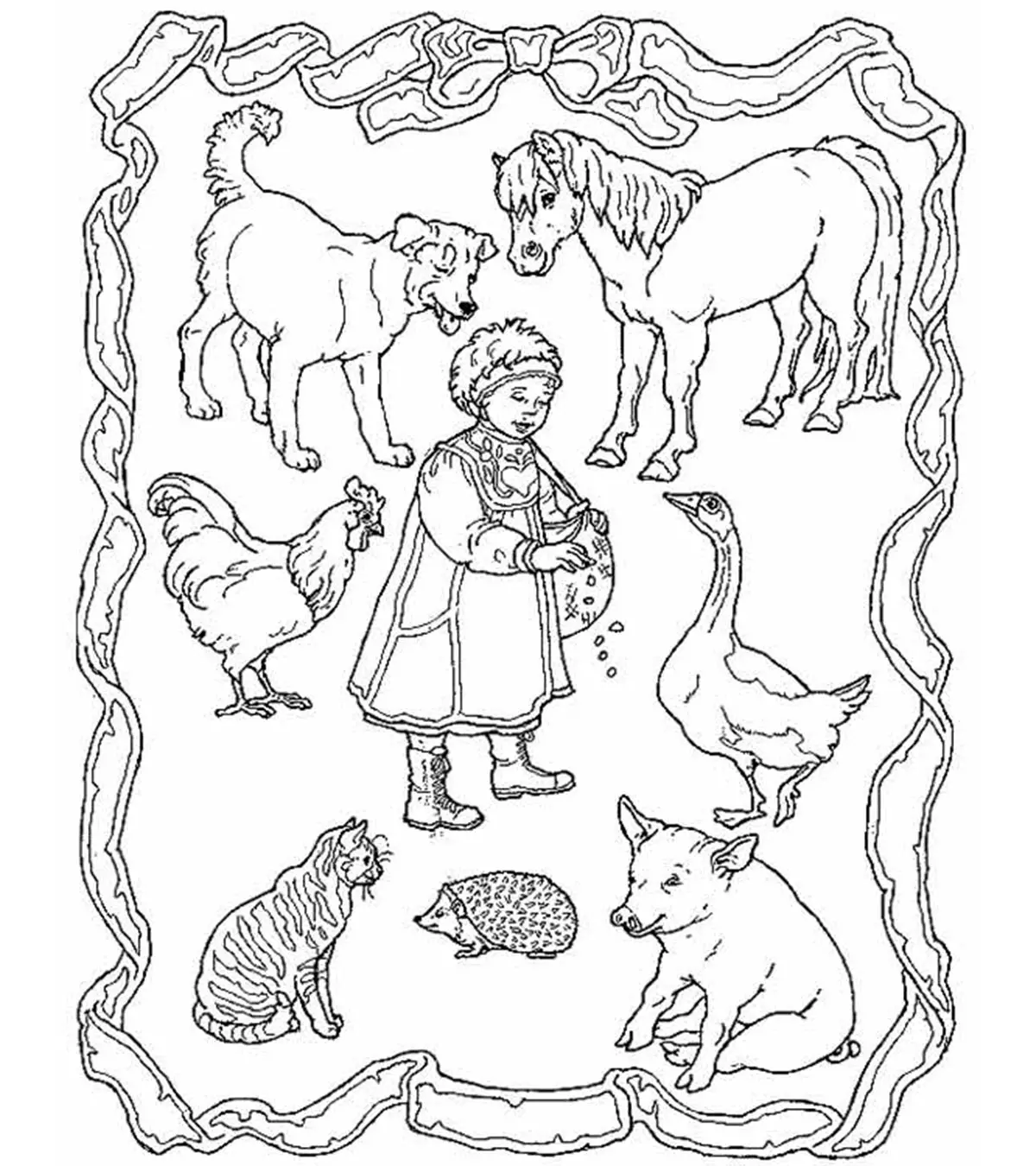
Image: iStock
Listening to nursery rhymes such as Twinkle Twinkle Little Star or Johnny Johnny Yes Papa can bring a smile to any toddler’s face. Thus, here is a curated list of the best nursery rhymes for toddlers that are fun to listen to and educational.

Songs and rhymes with catchy beats easily draw toddlers’ attention and introduce them to the alphabet and numerals in a fun way. These rhymes can also help your toddler develop an ear for language and understand the sounds and syllables of individual words.
Make your child’s learning more fun and engaging as they enjoy and sway their bodies to the beats of these popular nursery rhymes. By introducing them to these rhymes, you are laying a strong foundation for learning in your little munchkin. So, let your toddler sing their way to learning
16 Nursery Rhymes For Toddlers
Here are some popular nursery rhymes and lullabies to teach your toddler. You may use a few props while narrating these rhymes to get your child super excited.
1. Wee Willie Winkie: It is a Scottish nursery rhyme personifying sleep. The merry yet subtle tone of the rhyme makes it a good lullaby too.
Wee Willie Winkie runs through the town,
Upstairs, downstairs in his nightgown.
Tapping at the window, crying through the lock,
Are the children in their beds? For now it’s eight O’clock.
Watch it here: www.youtube.com
2. Old King Cole: This talks about England’s King who enjoyed his life. This humorous poem would get your little one grooving to the beat.
Old King Cole was a merry old soul,
And a merry old soul was he.
He called for his pipe, and he called for his bowl,
And he called for his fiddlers three.
Watch it here: www.youtube.com
3. It’s raining, it’s pouring: The rhyme originates from England and talks about the time when children could not go out to play due to heavy rains. It is a fun-filled rhyme describing what the old man does when it rains.
It’s raining; it’s pouring,
The old man is snoring.
He went to bed and bumped his head,
And he won’t get up in the morning.
Watch it here: www.youtube.com
4. Hey Diddle Diddle: It refers to a series of tragic events mixed with some surprises written and presented in a funny style.
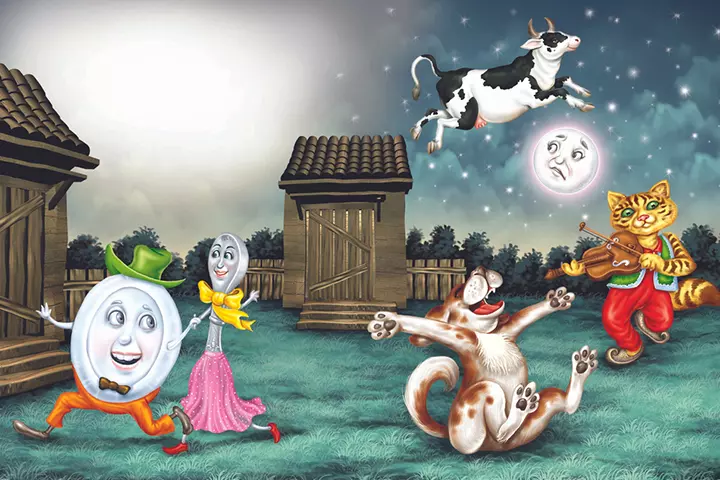
Hey Diddle diddle, the cat and the fiddle,
The cow jumped over the moon,
The dog laughed to see such fun,
And the dish ran away with the spoon.
Watch it here: www.youtube.com
5. Higglety Pigglety Pop: This rhyme has a lot of activity and is fun for the toddlers. It may crack them bursting into laughter while they recite it.
Higglety pigglety pop.
The dog has eaten the mop.
The Pig’s in a hurry,
The cat’s in a flurry,
Higglety pigglety pop!
Watch it here: www.youtube.com
6. Round and Round the Garden: This interesting rhyme says “tickle you under there” in the end which means you tickle the toddler when you reach this line. It is a fun-filled poem that may get them laughing uncontrollably.
Round and round the garden,
Went the teddy bear,
One step, two steps,
Tickle you under there.
Watch it here: www.youtube.com
7. These are Baby’s Fingers: This rhyme educates the toddler about their body parts. It is short and sweet, making it easy to remember.
These are baby’s fingers,
These are baby’s toes,
Here is baby’s belly button,
Round and round it goes.
Watch it here: www.youtube.com
 Quick Tip
Quick Tip8. There Was a Little Mouse: A mysterious and funny rhyme where the aim is to catch hold of the mouse. This cute poem is easy to remember and fun to recite.
There was a little mouse,
Looking for his house,
Not here,
Not there,
But here, here, here!
Watch it here: www.youtube.com
9. With Our Hands: This rhyme may turn out to be one of your toddler’s favorites as it involves a lot of play. The movement and crispness also make it easy to remember.
With our hands we clap, clap, clap.
With our feet we stamp, stamp, stamp.
We jump three times as high as can be.
Then we say, “Hey, look at me”.
10. I Put My Arms Up High: This rhyme is playful and can be performed by depicting each line. Sing along with your child and make memories of a lifetime.
I put my arms up high,
I put my arms down low.
I put them straight out to the side,
And then I let them go.
11. Ring Around the Rosie: This is one of the most popular nursery rhymes for a long time. Even if your toddler is drowsy, performing this rhyme may brighten them up.
Ring around the rosie,
Pocket full of posies,
Ashes, ashes, we all fall down!
Watch it here: www.youtube.com
12. Twinkle Twinkle Little Star: This old-time classic and one of the favorite rhymes for children is melodious and pleasant to the ears.
Twinkle, twinkle little star,
How I wonder what you are,
Up above the world so high,
Like a diamond in the sky.
Twinkle, twinkle little star,
How I wonder what you are.
Watch it here: www.youtube.com
 Quick Tip
Quick Tip13. Jack Be Nimble:
As short as it could be, this rhyme is probably the easiest one to remember because of the catchy words and short lines.
Jack be nimble, Jack be quick,
Jack jump over the candlestick!
Watch it here: www.youtube.com
14. Humpty Dumpty: The sing-song tone of this humor-filled rhyme is an absolute favorite for many toddlers.
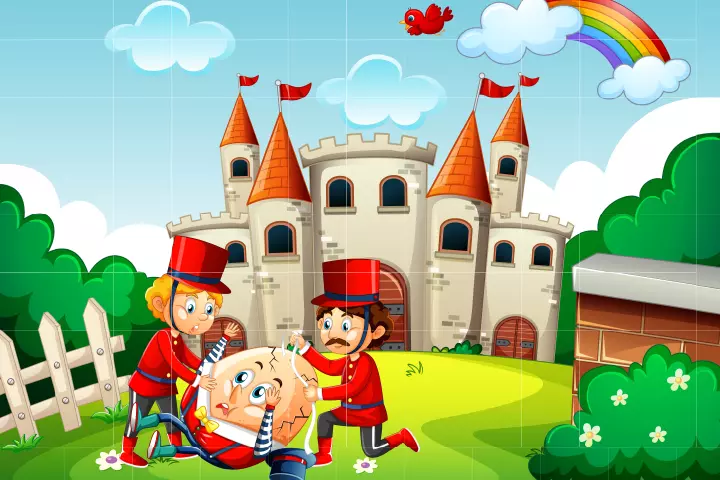
Humpty Dumpty sat on a wall.
Humpty Dumpty had a great fall.
All the King’s horses and all the King’s men,
Couldn’t put Humpty together again.
Watch it here: www.youtube.com
15. Little Bo Peep: The rhyme talks about little Bo finding her lost sheep. It is an adorable little story for your toddler to learn as a rhyme.
Little Bo Peep has lost her sheep
And doesn’t know where to find them
Leave them alone and they’ll come home
Wagging their tails behind them.
Watch it here: www.youtube.com
16. A Sailor Went To Sea: This rhyme talks about the actions of a sailor, and then describes various motions or activities associated with sailing.
A sailor went to sea, sea, sea,
To see what he could see, see, see
But all that he could see, see, see
Was the bottom of the deep blue, sea, sea, sea.
A sailor went to knee, knee, knee,
To see what he could knee, knee, knee
But all that he could knee, knee, knee
Was the bottom of the deep blue knee, knee, knee.
A sailor went to toe, toe, toe,
To see what he could toe, toe, toe
But all that he could toe, toe, toe
Was the bottom of the deep blue toe, toe, toe.
A sailor went to sea, knee, toe,
To see what he could see, knee, toe
But all that he could see, knee, toe
Was the bottom of the deep blue, see, knee, toe.
Watch it here: www.youtube.com
Benefits Of Nursery Rhymes For Toddlers

Nursery rhymes and children’s songs have repetitive lines or words, which make them easy to remember and recite individually. Here are some benefits of nursery rhymes for toddlers (1):
- Help build vocabulary and communication skills.
- Enhance cognitive skills such as memory and comprehension.
- Promote key developmental skills.
- Boost vocabulary, phonemic awareness, communication skills, and language development.
- By acting out the rhymes, children can also develop their motor skills.
- A better understanding of numerals comes from rhymes, such as “Five Currant Buns”.
- Give children a better understanding of the world as they make it more relatable for them.
- When children engage themselves in performing a rhyme, they enjoy acting it out to express their creative side.
 Quick Tip
Quick TipHow To Help Your Toddler Learn The Nursery Rhymes?

Nursery rhymes are typically sung to make them interesting and catchy for toddlers. Here are some tips to help your child learn nursery rhymes.
- Create flashcards to make learning interesting and fun.
- Show pictures relevant to the nursery rhymes to your toddler.
- Choose a simple and short rhyme to begin the learning process.
- Recite the rhymes along with your toddler (2).
- Incorporate actions such as hand movements or dance to make learning lively.
- Introduce toys or visual aids related to the rhyme.
- Respond to your child’s curiosity and questions about rhymes.
- Appreciate them when they show further interest in a rhyme.
- Try to make the learning process as fun as possible.
Alternatively, you can also retell a nursery rhyme to make it easy for your child to recall it. A blogger under the name Kindergarten Nana says, “One of my favorite ways to use Nursery Rhymes was to retell them. Each rhyme is really a miniature story that children can act out, sing, or retell from memory. They gain confidence in retelling when they are repeating something they are so familiar with (i).”
Illustration: Top 16 Famous Nursery Rhymes For Toddlers And Preschoolers
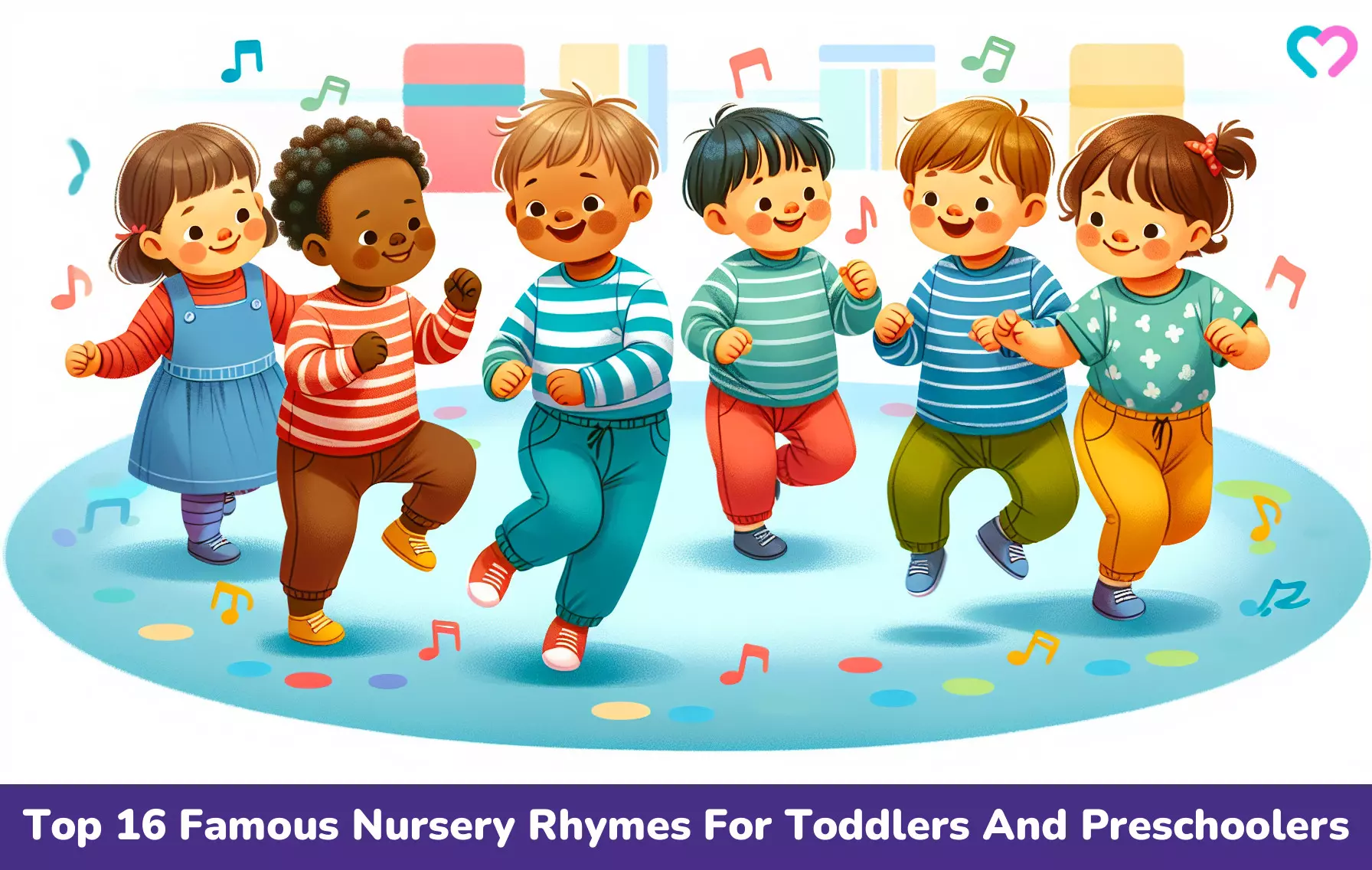
Image: Dalle E/MomJunction Design Team
Frequently Asked Questions
1. How do nursery rhymes help toddlers in developing their memory skills?
Nursery rhymes may help toddlers develop their memory skills as they are full of rhyming words and patterns of sounds that may give the brain the input needed to categorize words by their internal structure. They can help children differentiate between syllables, identify similarities between words, and help them memorize such words (3).
2. What role do nursery rhymes play in promoting creativity and imagination in toddlers?
Singing or reciting a rhyme with physical gestures encourages children to express themselves creatively. It provides endless opportunities for playful learning. Filled with enchanting characters and whimsical stories, they ignite curiosity and enrich a child’s imagination (4).
3. What are the historical origins of nursery rhymes?
Nursery Rhymes in English may have been recorded as early as the 13th century. However, most English Rhymes were not written down before the 18th century and probably formed a part of the oral tradition in the said countries. The first known collection of Nursery Rhymes is considered to be Tommy Thumb’s Song Book, published in 1744 (5).
Introducing nursery rhymes for toddlers is an effective way to develop their language skills and help them connect with their surroundings. The introduction of rhythm and music makes learning more exciting and fun. So, choose short nursery rhymes and rhyming poems for kids such as Wee Willie Winkie, It’s raining, it’s pouring, or Hey Diddle Diddle and watch the enjoyment on your children’s faces. Some other rhythmic English poems for kids include Rock-A-Bye Baby, Pat-A-Cake, London Bridge, Ring Around The Rosie, and ABCs. Also, while singing these rhymes, don’t forget to make the children laugh with your funny expressions and actions. Modulate your voice to grab their attention and create a unique and exciting learning experience.
Infographic: How Nursery Rhymes Promote A Child’s Learning
Nursery rhymes are beneficial for language learning and speech development in children. They aid in developing auditory abilities such as sound recognition and understanding rhythm. Nursery rhymes can also set the foundation for a child’s elementary learning. Check out this infographic to understand how nursery rhymes help children learn while having fun.
Some thing wrong with infographic shortcode. please verify shortcode syntax
Key Pointers
- Nursery rhymes are classic learning tools for toddlers, helping them learn vocabulary, the alphabet, and numbers.
- With their catchy rhythms and fun storylines, these rhymes make learning enjoyable for kids.
- They can also be used for learning activities and games like finger plays, word and picture association, and recitation.
- They are also great for memory development, language recognition, and imagination.
- ‘Twinkle Twinkle Little Star,’ ‘Hey Diddle Diddle,’ and ‘Humpty Dumpty’ are the most popular nursery rhymes.
Enjoy a delightful compilation of the top English nursery rhymes in this fun video! This enchanting medley is perfect for kids and promises fun and learning through timeless melodies.
Personal Experience: Source
MomJunction articles include first-hand experiences to provide you with better insights through real-life narratives. Here are the sources of personal accounts referenced in this article.
i. More fun with nursery rhymes.https://dbsenk.wordpress.com/2014/02/22/more-fun-with-nursery-rhymes/
References
- Ginger Mullen; (2017); More Than Words: Using Nursery Rhymes and Songs to Support Domains of Child Development.
https://www.researchgate.net/publication/321639663_More_Than_Words_Using_Nursery_Rhymes_and_Songs_to_Support_Domains_of_Child_Development - Play Ideas To Encourage Toddler Talking.
https://raisingchildren.net.au/toddlers/play-learning/play-toddler-development/talking-play-toddlers - 5 Benefits of Using Nursery Rhymes With Your Child.
https://www.playgroupnsw.org.au/parent-resources/5-benefits-of-using-nursery-rhymes-with-your-child/ - The benefits of nursery rhymes for children.
https://practicaloutcomes.edu.au/benefits-nursery-rhymes-children/ - Artika Kelsy; (2016); Nursery Rhymes and the History Behind Them.
https://www.researchgate.net/publication/305643790_Nursery_Rhymes_and_the_History_Behind_Them/citation/download - Long-term benefits after a rhyme-repetition based intervention program for kindergarteners: Better reading and spelling in the first grade.
https://pubmed.ncbi.nlm.nih.gov/34881963/
Community Experiences
Join the conversation and become a part of our nurturing community! Share your stories, experiences, and insights to connect with fellow parents.
Read full bio of Theresa Bertuzzi
Read full bio of Trisha Chakraborty
Read full bio of Rohit Garoo











